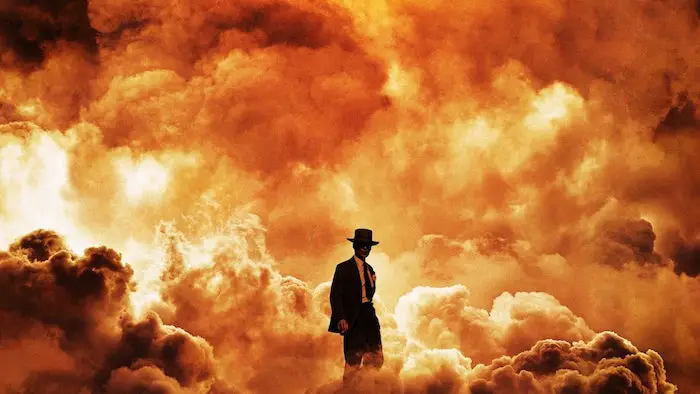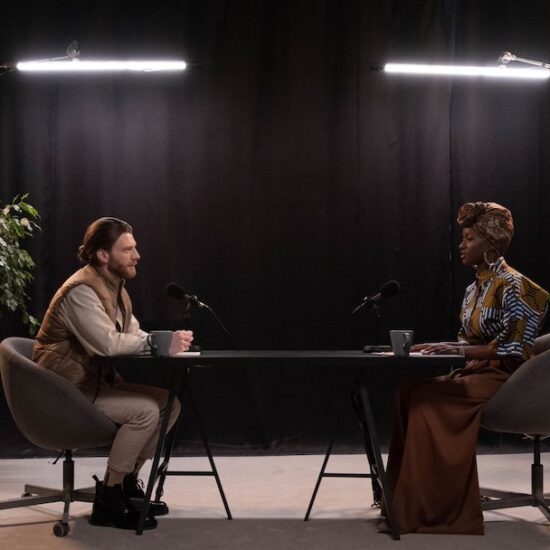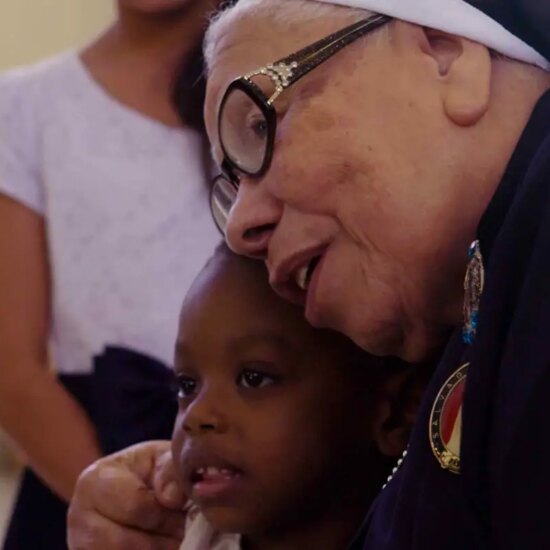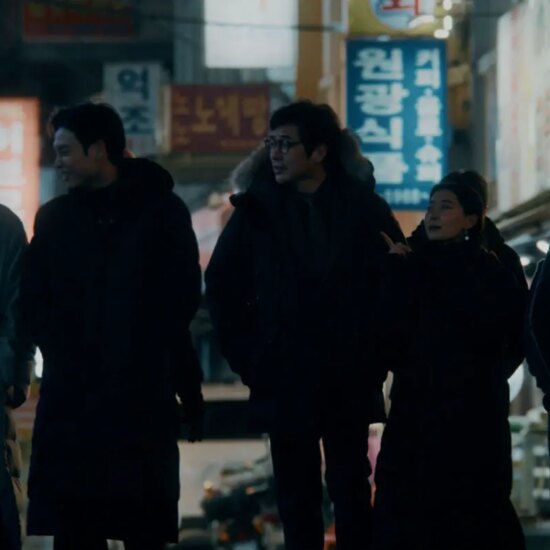
Christopher Nolan’s Oppenheimer, set for theatrical release July 21, tells the story of the creation of the atom bomb from the perspective of J. Robert Oppenheimer, the lead scientist in the Manhattan project. While much has been made of Nolan’s filmmaking process, little is publicly known about how the film reckons with Oppenheimer’s legacy, which extends from 1945 into our present day as the risk of nuclear weapons reaches new heights and survivors of nuclear weapons production and testing are still fighting for recognition from the U.S. government.
As media prepares to cover “Oppenheimer,” here are eight things to keep in mind:
1. The Trinity test was not victimless. Nearly half a million people lived within 150 miles of the Trinity test site. They were not evacuated or warned of the test, and the U.S. government was not honest with workers or the American public about the risks of testing and nuclear weapons production. Survivors of the Trinity test and their families have been denied access to compensation for nuclear testing victims.
2. The Trinity test was just the beginning. From 1945-1962, the U.S. government conducted over 200 above-ground nuclear tests. These tests spread radiation thousands of miles away from test sites, exposing many to unsafe levels of radiation. Atmospheric testing at the Nevada Test Site was estimated to have caused between 11,000 and 212,000 cases of thyroid cancer in the U.S. public. In the Pacific Islands, the U.S. tested 67 nuclear weapons in the Marshall Islands between 1946 and 1958 – the equivalent explosive yield of dropping one Hiroshima-sized bomb a day for 20 years. Nuclear tests vaporized some islands completely, spread radioactive contamination across the islands leaving many permanently uninhabitable, and caused lasting harm to Marshallese land, health and culture.
3. Survivors of nuclear weapons production and testing are still fighting for justice and health care. The Radiation Exposure Compensation Act (RECA) was established in 1990 to compensate individuals who suffer from cancers and other illnesses related to the testing of nuclear weapons, known as Downwinders, and uranium mining for nuclear weapons. Downwinders in Arizona, Colorado, Idaho, Montana, Nevada, New Mexico and Utah, and uranium miners are currently fighting to be included in the program. Similarly, the Marshall Islands is still fighting for restitution for the harms caused by U.S. nuclear tests.
4. Past nuclear weapons production and testing are still hurting people today. The legacy of the production and testing of nuclear weapons has had tragic consequences that people are still living with today, poisoning workers, polluting Indigenous communities, sickening and killing tens of thousands of people with toxic radiation in the United States and abroad.

5. The harms of radiation exposure are not borne equally. Indigenous populations in the United States and in the Pacific Islands, as well as other communities of color and poor, rural communities have suffered disproportionate harm from the production and testing of nuclear weapons. Mining for uranium for nuclear weapons took place largely in the western and southwestern United States, often on tribal land, and many of the workers were Indigenous. To this day, some tribal communities’ water sources and land are still contaminated with dangerous materials from mining activities. Safety information was often available only in English and translations into Native languages were generally not made available. Workers, unaware of the risks, often brought contaminants home to their families on their clothing. Radiation exposure also has risk factors associated with gender and age, with exposure particularly harmful for women and children.
6. The creation of nuclear weapons opened a pandora’s box that we are still struggling to control. Today, nine countries collectively have more than 12,000 nuclear weapons, nearly 90% of which are held by the United States and Russia. Proliferation risks are rising; President Biden has said that the risk of nuclear war is as high as it’s been since the Cuban Missile Crisis. The war in Ukraine brings nuclear-armed adversaries closer to conflict and the guardrails of arms control are falling apart. And the United States is currently planning to spend an estimated $1.7 trillion dollars over the next three decades to maintain and replace its entire nuclear arsenal with new weapons, fueling a global arms race.
7. Modern nuclear weapons are considerably more destructive than the test recreated in the film. A typical nuclear weapon in the U.S. nuclear arsenal is around 20 times more destructive than the Trinity test explosion recreated in the film and the weapons that killed over 200,000 people in Japan. The U.S. has weapons that are over 60 times more powerful than the Trinity explosion.
8. Manhattan Project scientists went on to organize against nuclear weapons. After the Trinity test, seventy Manhattan Project scientists signed a petition asking President Truman to give Japan another chance to surrender without using the bomb. Manhattan Project scientists including Leo Szilard, Chief Physicist on the Manhattan Project, helped form the arms control movement.

Additional Resources














